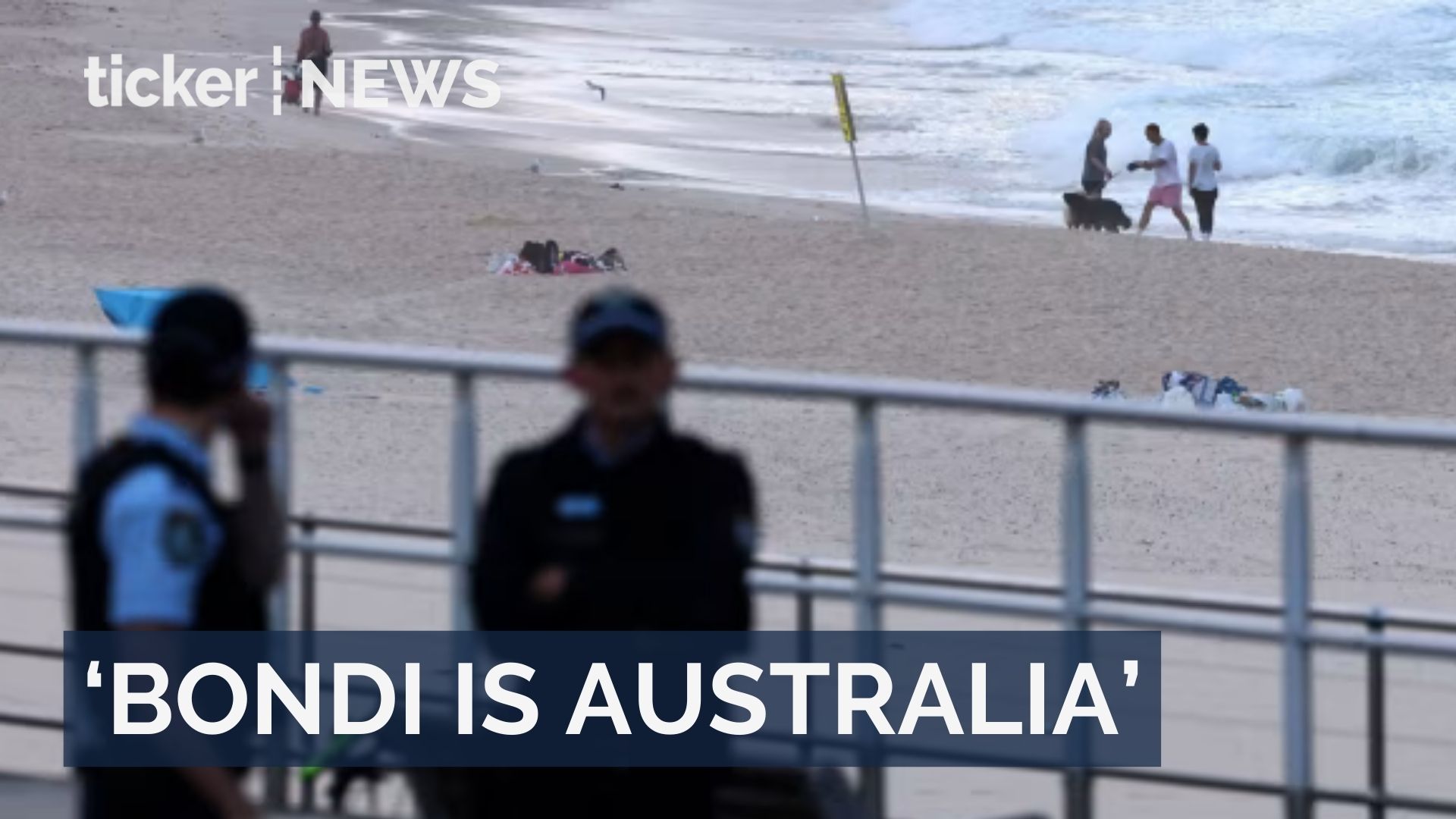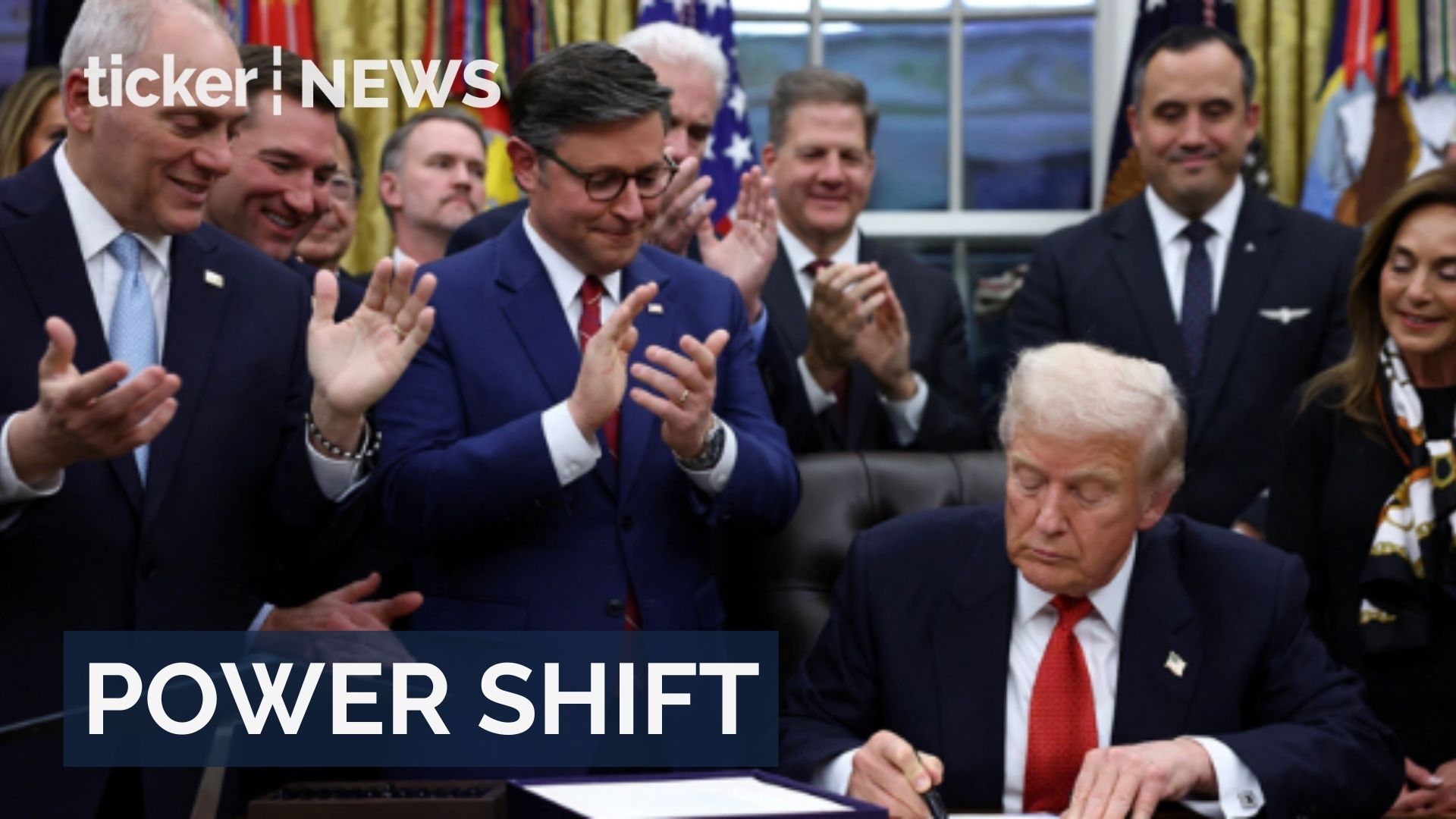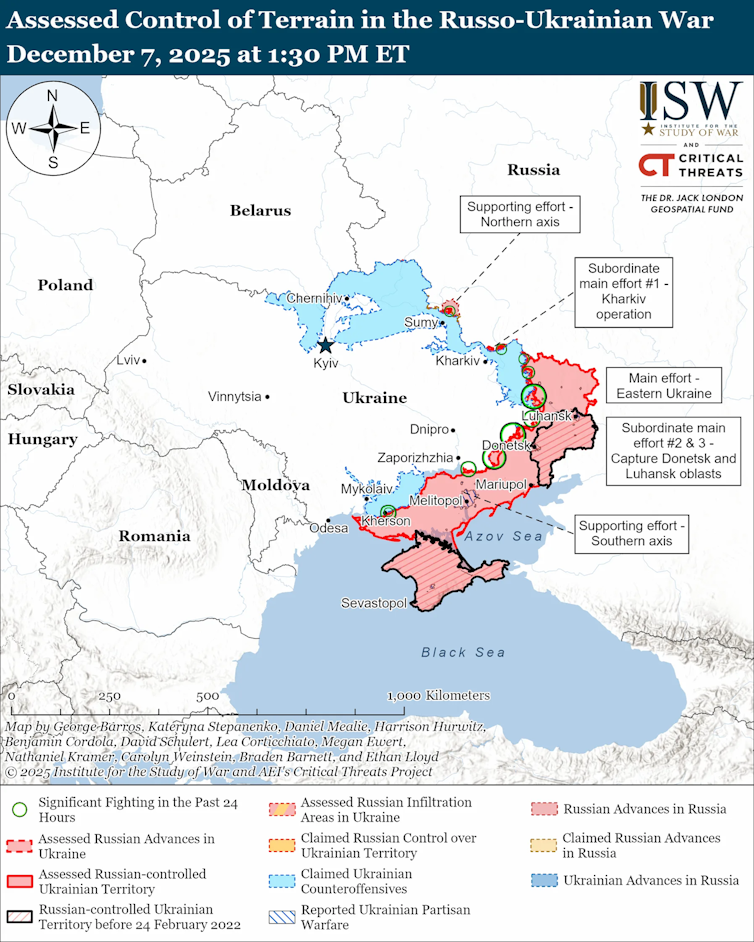Amin Saikal, Victoria University
Israeli Prime Minister Benjamin Netanyahu has gone beyond his initial aim of destroying Iran’s ability to produce nuclear weapons. He has called on the Iranian people to rise up against their dictatorial Islamic regime and ostensibly transform Iran along the lines of Israeli interests.
United States President Donald Trump is now weighing possible military action in support of Netanyahu’s goal and asked for Iran’s total surrender.
If the US does get involved, it wouldn’t be the first time it’s tried to instigate regime change by military means in the Middle East. The US invaded Iraq in 2003 and backed a NATO operation in Libya in 2011, toppling the regimes of Saddam Hussein and Muammar Gaddafi, respectively.
In both cases, the interventions backfired, causing long-term instability in both countries and in the broader region.
Could the same thing happen in Iran if the regime is overthrown?
As I describe in my book, Iran Rising: The Survival and Future of the Islamic Republic, Iran is a pluralist society with a complex history of rival groups trying to assert their authority. A democratic transition would be difficult to achieve.
The overthrow of the shah
The Iranian Islamic regime assumed power in the wake of the pro-democracy popular uprising of 1978–79, which toppled Mohammad Reza Shah Pahlavi’s pro-Western monarchy.
Until this moment, Iran had a long history of monarchical rule dating back 2,500 years. Mohammad Reza, the last shah, was the head of the Pahlavi dynasty, which came to power in 1925.
In 1953, the shah was forced into exile under the radical nationalist and reformist impulse of the democratically elected Prime Minister Mohammad Mosaddegh. He was shortly returned to his throne through a CIA-orchestrated coup.
Despite all his nationalist, pro-Western, modernising efforts, the shah could not shake off the indignity of having been re-throned with the help of a foreign power.
The revolution against him 25 years later was spearheaded by pro-democracy elements. But it was made up of many groups, including liberalists, communists and Islamists, with no uniting leader.
The Shia clerical group (ruhaniyat), led by the Shah’s religious and political opponent, Ayatollah Ruhollah Khomeini, proved to be best organised and capable of providing leadership to the revolution. Khomeini had been in exile from the early 1960s (at first in Iraq and later in France), yet he and his followers held considerable sway over the population, especially in traditional rural areas.
When US President Jimmy Carter’s administration found it could no longer support the shah, he left the country and went into exile in January 1979. This enabled Khomeini to return to Iran to a tumultuous welcome.
Birth of the Islamic Republic
In the wake of the uprising, Khomeini and his supporters, including the current supreme leader Ayatollah Ali Khamenei, abolished the monarchy and transformed Iran to a cleric-dominated Islamic Republic, with anti-US and anti-Israel postures. He ruled the country according to his unique vision of Islam.
Khomeini denounced the US as a “Great Satan” and Israel as an illegal usurper of the Palestinian lands – Jerusalem, in particular. He also declared a foreign policy of “neither east, nor west” but pro-Islamic, and called for the spread of the Iranian revolution in the region.
Khomeini not only changed Iran, but also challenged the US as the dominant force in shaping the regional order. And the US lost one of the most important pillars of its influence in the oil-rich and strategically important Persian Gulf region.
Fear of hostile American or Israeli (or combined) actions against the Islamic Republic became the focus of Iran’s domestic and foreign policy behaviour.
A new supreme leader takes power
Khomeini died in 1989. His successor, Ayatollah Ali Khamenei, has ruled Iran largely in the same jihadi (combative) and ijtihadi (pragmatic) ways, steering the country through many domestic and foreign policy challenges.
Khamenei fortified the regime with an emphasis on self-sufficiency, a stronger defence capability and a tilt towards the east – Russia and China – to counter the US and its allies. He has stood firm in opposition to the US and its allies – Israel, in particular. And he has shown flexibility when necessary to ensure the survival and continuity of the regime.
Khamenei wields enormous constitutional power and spiritual authority.
He has presided over the building of many rule-enforcing instruments of state power, including the expansion of the Islamic Revolutionary Guard Corps and its paramilitary wing, the Basij, revolutionary committees, and Shia religious networks.
The Shia concept of martyrdom and loyalty to Iran as a continuous sovereign country for centuries goes to the heart of his actions, as well as his followers.
Khamenei and his rule enforcers, along with an elected president and National Assembly, are fully cognisant that if the regime goes down, they will face the same fate. As such, they cannot be expected to hoist the white flag and surrender to Israel and the US easily.
However, in the event of the regime falling under the weight of a combined internal uprising and external pressure, it raises the question: what is the alternative?
The return of the shah?
Many Iranians are discontented with the regime, but there is no organised opposition under a nationally unifying leader.
The son of the former shah, the crown prince Reza Pahlavi, has been gaining some popularity. He has been speaking out on X in the last few days, telling his fellow Iranians:
The end of the Islamic Republic is the end of its 46-year war against the Iranian nation. The regime’s apparatus of repression is falling apart. All it takes now is a nationwide uprising to put an end to this nightmare once and for all.
Since the deposition of his father, he has lived in exile in the US. As such, he has been tainted by his close association with Washington and Jerusalem, especially Netanyahu.
If he were to return to power – likely through the assistance of the US – he would face the same problem of political legitimacy as his father did.
What does the future hold?
Iran has never had a long tradition of democracy. It experienced brief instances of liberalism in the first half of the 20th century, but every attempt at making it durable resulted in disarray and a return to authoritarian rule.
Also, the country has rarely been free of outside interventionism, given its vast hydrocarbon riches and strategic location. It’s also been prone to internal fragmentation, given its ethnic and religious mix.
The Shia Persians make up more than half of the population, but the country has a number of Sunni ethnic minorities, such as Kurds, Azaris, Balochis and Arabs. They have all had separatist tendencies.
Iran has historically been held together by centralisation rather than diffusion of power.
Should the Islamic regime disintegrate in one form or another, it would be an mistake to expect a smooth transfer of power or transition to democratisation within a unified national framework.
At the same time, the Iranian people are highly cultured and creative, with a very rich and proud history of achievements and civilisation.
They are perfectly capable of charting their own destiny as long as there aren’t self-seeking foreign hands in the process – something they have rarely experienced.
Amin Saikal, Emeritus Professor of Middle Eastern and Central Asian Studies, Australian National University; and Vice Chancellor’s Strategic Fellow, Victoria University
This article is republished from The Conversation under a Creative Commons license. Read the original article.

























